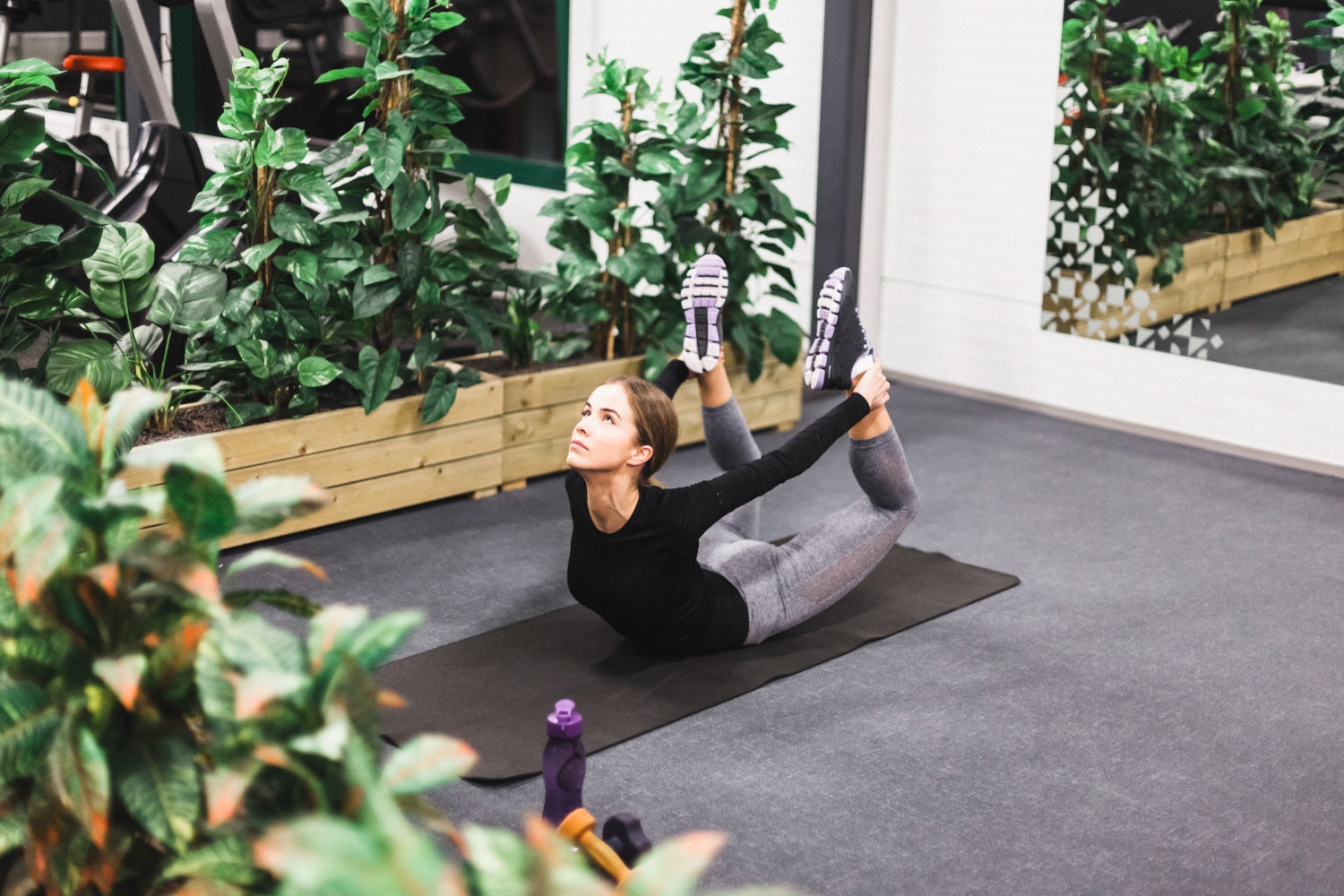
How to Create a Sustainable Workout Routine
Building a sustainable workout routine isn’t about quick fixes or temporary motivation bursts. It’s about creating a long-term fitness habit that supports your lifestyle. Many people start their fitness journeys with enthusiasm, only to burn out within weeks. The key to lasting success lies in designing an efficient, enjoyable, and adaptable routine that keeps you motivated.
This guide helps you create a realistic workout plan. It also clears up common fitness myths. Plus, it offers practical strategies to stay on track and reach your fitness goals.
Quick Guide: How to Create a Sustainable Workout Routine

- Building a sustainable workout routine involves setting realistic goals, incorporating diverse exercises, and staying motivated over time.
- Focus on consistency, enjoy the process, and adapt your routine as needed to fit your lifestyle and evolving fitness goals.
Why a Sustainable Workout Routine Matters

Long-Term Health Benefits
A good exercise routine is key for both physical and mental health. Regular workouts help reduce the risk of chronic illnesses, boost mood, and enhance overall quality of life. The NHS says adults need at least 150 minutes of moderate aerobic activity or 75 minutes of vigorous activity each week. They should also do strength exercises on two or more days.
Real-Life Applications
Mixing different exercises in your routine boosts endurance, strength, flexibility, and balance. Activities such as:
- Cardio exercises (brisk walking, cycling, swimming) promote heart health.
- Strength training (weightlifting, resistance exercises) builds muscle mass and bone density.
- Flexibility and balance workouts (yoga, Pilates) enhance mobility and coordination.
Data-Backed Insights
Studies confirm that consistent exercise yields significant long-term benefits. The British Journal of Sports Medicine says regular workouts reduce the risk of heart disease, some cancers, and early death. Additionally, exercise enhances cognitive function and reduces the likelihood of developing Alzheimer’s disease.
Pro Tip: Include a mix of cardio, strength training, and flexibility exercises to target all aspects of fitness and avoid monotony.
Step-by-Step Guide to Building a Sustainable Workout Routine

Step 1: Assess Your Current Fitness Level
Before starting a workout plan, evaluate your fitness level to set achievable goals.
Conduct a Fitness Assessment
Check your heart endurance, muscle strength, flexibility, and body makeup. You can do this with easy exercises like a timed run, push-ups, and sit-ups.
Set SMART Goals
Use the SMART method to define your fitness objectives:
- Specific – Define a clear goal (e.g., increase strength or improve endurance).
- Measurable – Track progress (e.g., run 5k in under 30 minutes).
- Achievable – Set realistic goals based on your fitness level.
- Relevant – Align your goals with your lifestyle and preferences.
- Time-bound – Set a timeline for reaching your objectives.
Step 2: Design Your Workout Plan
A well-balanced plan prevents burnout and promotes continuous progress.
Include Various Exercise Types
Mix different activities to avoid monotony and develop all aspects of fitness:
- Cardio: Running, cycling, swimming
- Strength Training: Weightlifting, bodyweight exercises
- Flexibility & Balance: Yoga, Pilates, stretching
Schedule Your Workouts
Plan workouts around your daily routine. Whether it’s early mornings, lunch breaks, or evenings, consistency is key to building a habit.
Step 3: Stay Motivated
Understanding how to stay committed is essential for long-term success.
Find Activities You Enjoy
Choose exercises that you genuinely like—hiking, dancing, or group sports—so workouts become something you look forward to.
Track Your Progress
Track your strength, endurance, and health with fitness apps, journals, or progress photos.
Step 4: Adapt and Evolve
A sustainable routine is flexible and adjusts to life changes.
Modify Your Plan When Needed
Adapt your workouts based on your schedule, injuries, or evolving fitness goals.
Celebrate Milestones
Celebrate achievements—like lifting heavier weights, running farther, or staying on track.
Important: Stay patient and consistent—progress might be slow at times, but small wins like improved energy or better mood can help keep you motivated.
Expert Tips & Common Mistakes to Avoid
Best Practices for a Sustainable Routine
- Prioritise Recovery: Rest days are crucial for muscle recovery and injury prevention.
- Stay Hydrated and Eat Well: Proper nutrition supports workout performance and recovery.
Common Mistakes & Misconceptions
- All-or-Nothing Mentality: Missing one workout doesn’t mean failure. Consistency matters more than perfection.
- Ignoring Proper Form: Poor technique can lead to injuries. Focus on correct execution, even if it means lifting lighter weights.
Advanced Insights & Expert Recommendations
Periodisation for Better Results
Periodisation means changing the intensity and volume of workouts over time. This helps prevent plateaus and boosts performance. For example, alternate between high-intensity weeks and lighter recovery weeks.
Mindfulness in Exercise
Using mindfulness techniques like deep breathing or visualisation can boost focus and enjoyment in workouts.
FAQ: Common Questions About Sustainable Workout Routines
How often should I change my workout routine?
It’s recommended to modify your routine every 6-8 weeks to keep progressing and avoid plateaus.
What if I don’t have time for long workouts?
Short, high-intensity workouts (20-30 minutes) can be just as effective if done consistently.
Can I still see progress if I exercise only a few days a week?
Yes! Exercising just 3-4 days a week can boost strength, endurance, and mental health.
How do I stay motivated when results are slow?
Focus on non-scale wins. Think about more energy, a better mood, and strength gains. Don’t just look for physical changes.
Is it necessary to go to the gym for an effective workout?
No. Bodyweight exercises, resistance bands, and outdoor activities can be highly effective alternatives to gym workouts.
Make Fitness a Lifestyle
A sustainable workout routine is built on consistency, flexibility, and self-awareness. By designing a routine that’s diverse, enjoyable, and adaptable, exercise can become an effortless part of your lifestyle.
Remember, fitness is a personal journey. Celebrate small victories, modify what doesn’t work, and stay committed to an active and healthy lifestyle. What steps will you take today to create a routine you’ll stick with for the long run?